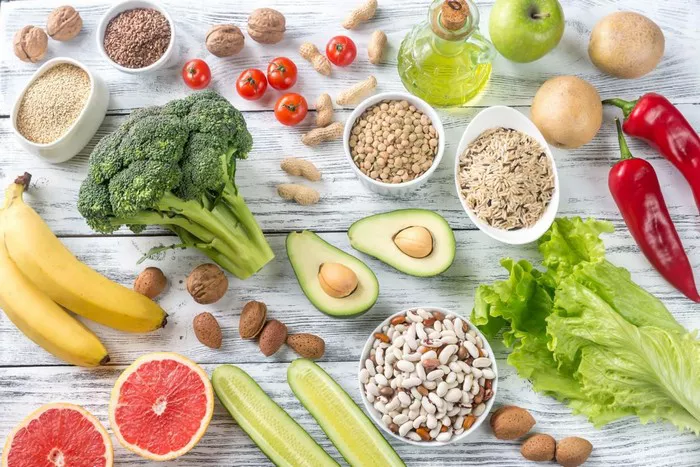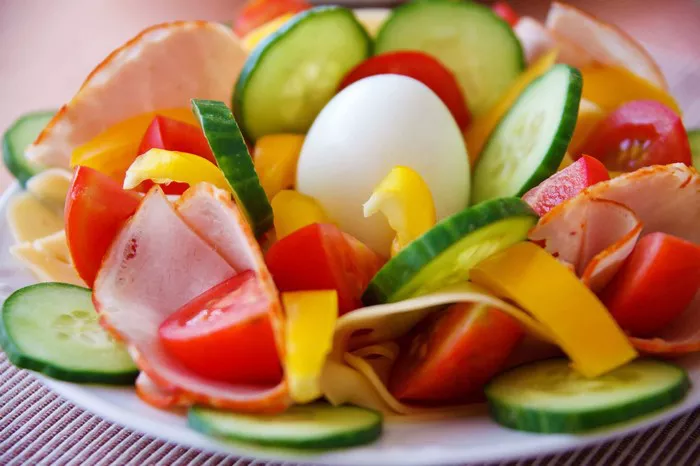For individuals managing diabetes, dietary choices play a critical role in controlling blood sugar levels. Rice is a staple in many diets worldwide, but not all rice is created equal when it comes to its impact on blood glucose. In this article, we will explore the best types of rice for diabetics, considering factors such as glycemic index and nutritional content, to help you make informed choices about incorporating rice into your diabetes management plan.
1. Basmati Rice
Basmati rice is a long-grain rice variety known for its aromatic flavor and lower glycemic index:
a. Lower Glycemic Index: Basmati rice has a lower glycemic index (GI) compared to other rice varieties, which means it has a slower and more gradual impact on blood sugar levels.
b. Nutrient Content: It contains essential nutrients like fiber, vitamins, and minerals, offering better nutritional value compared to some other rice types.
c. Easy to Digest: Many individuals with diabetes find that Basmati rice is easier to digest and leads to more stable blood sugar levels.
2. Brown Rice
Brown rice is a whole grain rice variety that retains its bran layer, offering several health benefits:
a. High in Fiber: Brown rice is rich in dietary fiber, which slows down the absorption of carbohydrates and helps stabilize blood sugar levels.
b. Nutrient-Rich: It contains vitamins, minerals, and antioxidants, providing more nutritional value compared to white rice.
c. Satiety: The fiber content in brown rice can help you feel fuller for longer, potentially reducing overall calorie intake.
3. Wild Rice
Wild rice is a unique grain that offers a nutrient-rich alternative to traditional white rice:
a. Low Glycemic Index: Wild rice has a lower GI compared to white rice, which can help prevent rapid spikes in blood sugar.
b. High Protein Content: It is higher in protein compared to other rice varieties, promoting satiety and aiding in blood sugar control.
c. Rich in Antioxidants: Wild rice contains antioxidants that have potential health benefits, including reduced inflammation.
4. Quinoa
While not technically a rice, quinoa is often considered a rice substitute and is a suitable option for diabetics:
a. Low GI: Quinoa has a lower GI compared to many traditional rice types, making it a favorable choice for blood sugar control.
b. Protein-Rich: It is a complete protein source, providing all essential amino acids, which can help stabilize blood sugar levels.
c. Versatile: Quinoa can be used in various dishes, providing a versatile option for individuals with diabetes.
5. Cauliflower Rice
A non-traditional option, cauliflower rice is a low-carb alternative for those looking to minimize their carbohydrate intake:
a. Low in Carbohydrates: Cauliflower rice is significantly lower in carbohydrates than traditional rice, making it an excellent choice for strict carbohydrate control.
b. Nutrient-Dense: It offers vitamins and minerals while keeping carbohydrate intake minimal.
c. Easy to Prepare: Cauliflower rice can be easily prepared at home or purchased pre-made in many grocery stores.
In conclusion, the best type of rice for diabetics varies depending on individual preferences and dietary goals. Basmati rice, brown rice, wild rice, quinoa, and cauliflower rice are all viable options with lower glycemic indexes and additional nutritional benefits compared to white rice. When incorporating rice into your diet, it’s essential to pay attention to portion sizes and monitor its impact on your blood sugar levels.

























